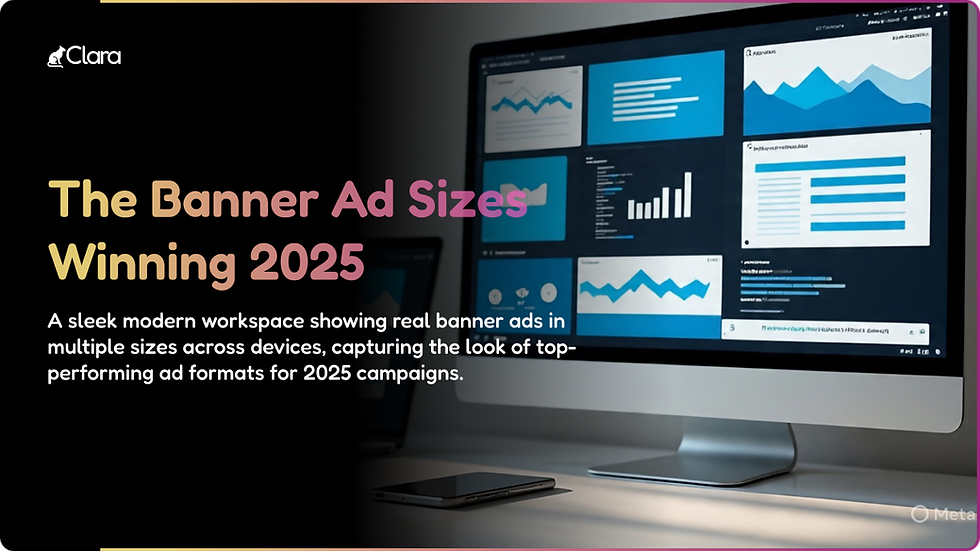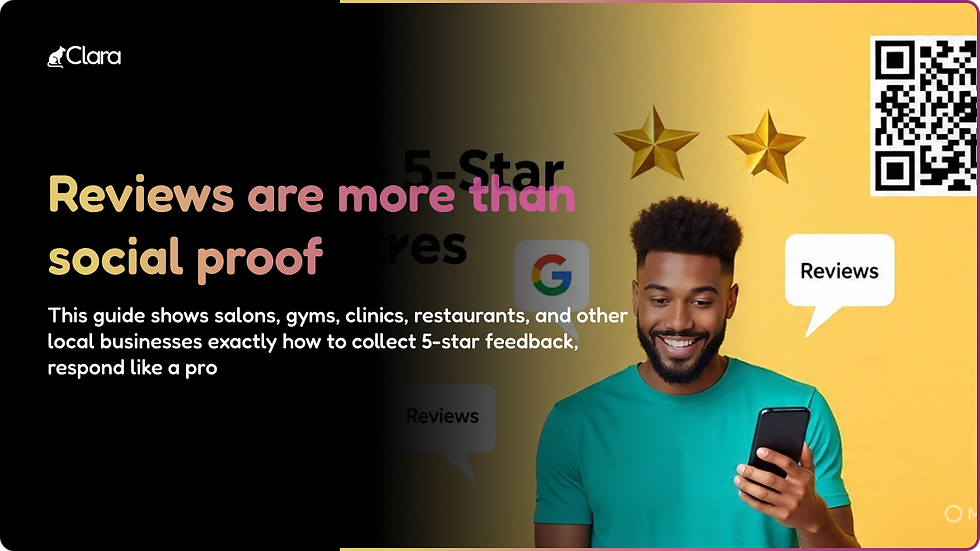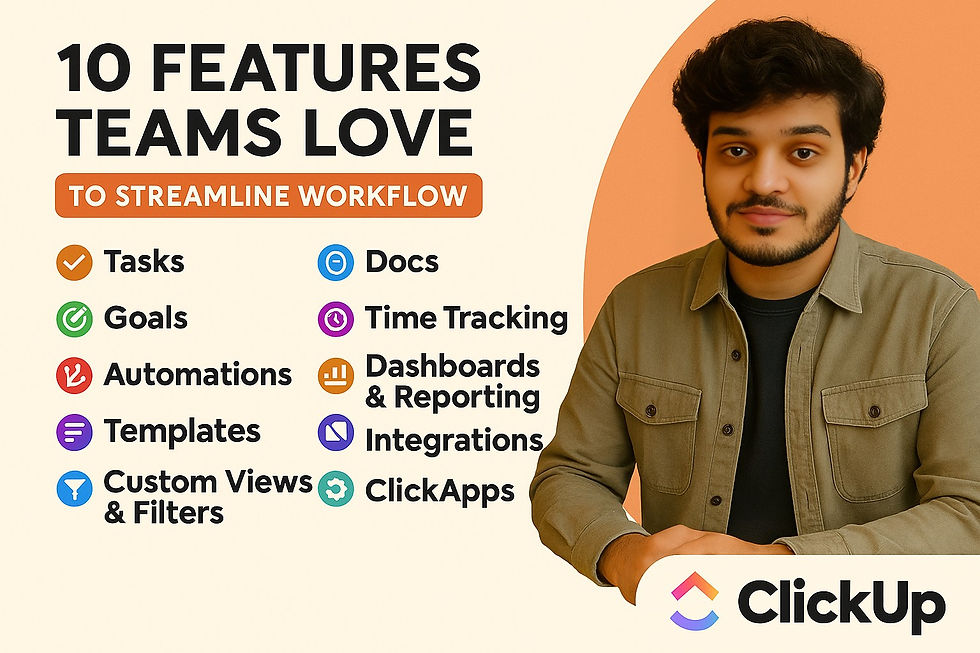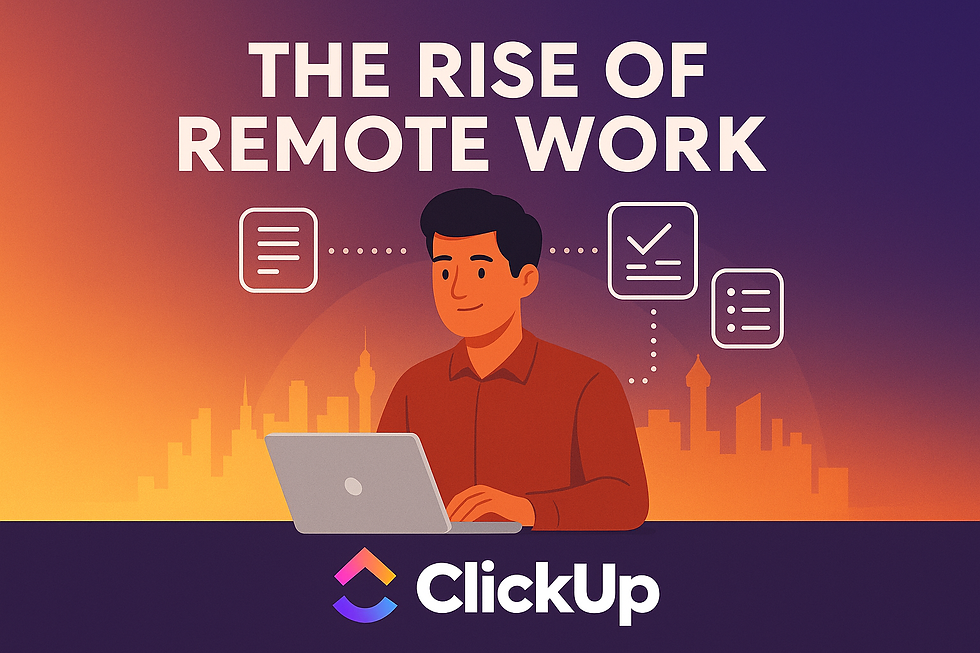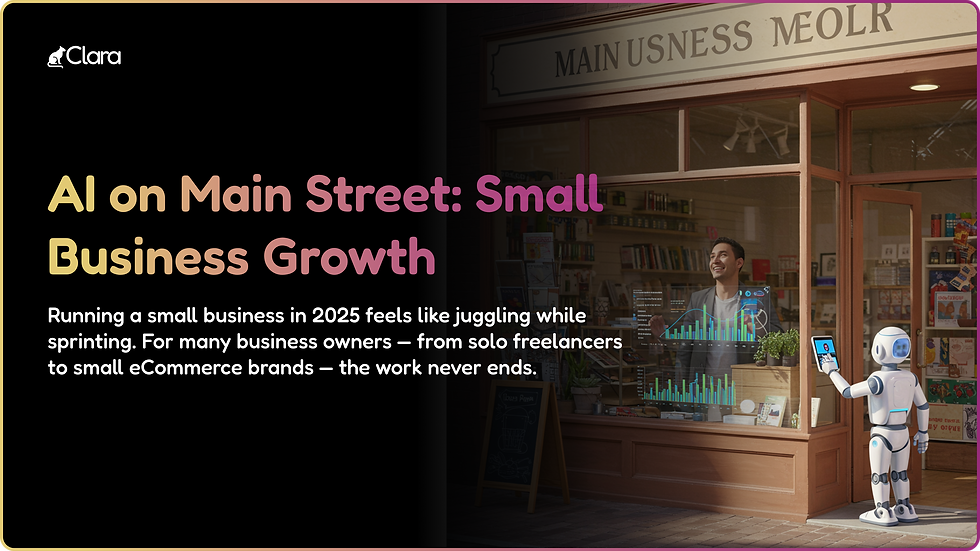- Dravya Bansal
- Sep 16, 2023
- 8 min read
In today’s highly competitive mobile app market, creating a user-friendly app that stands out is crucial for success. One of the most important aspects of any app’s success is its user onboarding process on Mobile App.
User onboarding helps new users understand the app, along with its features and how the app can benefit them. Onboarding sets the foundation for a lasting relationship between the user and the app—which is essential for achieving long-term success.
In this blog post, we’ll discuss the importance of user onboarding for mobile apps, best practices for creating an effective onboarding experience, collecting and analyzing user feedback, measuring success, common onboarding mistakes to avoid, and more.
Whether you currently have a mobile app or you’re in the process of creating one, this comprehensive guide will provide you with valuable insights and actionable tips to improve your app’s user onboarding process. This will ultimately help enhance user satisfaction and boost retention rates.
Understanding User Onboarding
Before we delve into the best practices for creating a smooth onboarding experience, it’s essential to understand what user onboarding is and why it’s vital for your mobile app’s success. In this section, we’ll explore the definition of user onboarding, its goals, and its importance in the world of mobile apps.
What is User Onboarding?
User onboarding is the process of guiding new users through your app while helping them understand its value, features, and functionality. This process typically begins the moment a user downloads and installs your app, and it continues until they’ve become comfortable navigating the app and utilizing its core features.
The onboarding experience varies depending on the app’s complexity and the user’s familiarity with similar apps. However, the primary aim remains the same—to provide a seamless introduction and pave the way for users to achieve their desired outcomes with minimal friction.
Goals of User Onboarding
The main goal of user onboarding is to help new users feel confident in using your app, so they continue coming back to it over and over again in the future. But there are several other objectives to keep in mind when designing the onboarding experience.
A successful onboarding process should:
Educate users about the app’s core features and benefits
Demonstrate the value your app provides
Foster user engagement from the beginning
Reduce the learning curve for new users
Encourage user retention and long-term loyalty
Motivate users to sign up and create an account or profile
Certain apps may have use-case-specific goals based on the app type or business model. Some of you may want users to complete a desired action during the onboarding process.
For example, an ecommerce mobile app may want new users to activate a promo code or complete a checkout process from where they started shopping elsewhere.
Importance of User Onboarding For Mobile App Success
User onboarding is a critical component in the success of any mobile app. A well-executed onboarding process can lead to higher user engagement, increased satisfaction, and improved retention rates. Conversely, a poor onboarding experience can result in users abandoning the app and opting for a competitor’s solution.
Onboarding is the first impression users have of your app, and it sets the tone for their entire experience. By investing time and resources in crafting an effective onboarding process, you’ll ensure that users can quickly understand and appreciate your app’s value. This helps increase the likelihood that they’ll become loyal, long-term users.
Furthermore, a positive onboarding experience can lead to user referrals, further expanding your app’s user base and overall success.
Best Practices for User Onboarding
Now that we understand the importance of user onboarding for mobile app success, let’s dive into some best practices to ensure your app provides an exceptional onboarding experience for your users. By following these guidelines, you’ll create a smooth, user-friendly process that encourages engagement, satisfaction, and long-term loyalty.
Simplify the sign-up process
An intuitive sign-up process is crucial for user onboarding. You can streamline the process by incorporating these elements:
Social media login options — Enable users to sign up using their social media accounts, such as Facebook, Google, or Twitter. This reduces friction and makes it quicker for users to get started.
Minimal required information — Request only the most essential information during sign-up. Too many fields can overwhelm users and lead to abandonment.
Quick and easy verification process — Keep the verification process simple and quick, such as sending a confirmation email or text message with a one-time code.
Personalize the user experience
A tailored experience can significantly enhance user engagement and satisfaction. Here are some quick ways you can personalize the experience for app users:
User preferences — Allow users to set their preferences during the onboarding process. This can include language, notification settings, or content preferences.
Tailored content — Display content relevant to individual users based on their preferences, location, or previous interactions with the app.
In-app messaging and notifications — Send personalized messages and notifications to users that are relevant to their interests or app usage patterns.
Utilize progressive onboarding
Progressive onboarding is an approach that introduces features and functionality to users as they become relevant during app usage. You can achieve this by:
Introducing features in context — Instead of overwhelming users with all features at once, introduce them when they’re relevant to the user’s actions or when the user encounters the feature for the first time.
Breaking down complex tasks — Divide complicated tasks into smaller, manageable steps. This approach makes it easier for users to understand and complete the task at hand.
Encouraging exploration — Allow users to discover additional features and functionality as they navigate your app. This can create a sense of accomplishment and deepen their engagement with your app.
Provide a clear and concise app tour
An effective app tour can quickly familiarize users with your app’s features and functionality. Keep these points in mind when designing your tour:
Highlight key features — Focus on showcasing the most important and useful features of your app. Avoid overloading users with too much information.
Use visual aids — Utilize images, animations, or short videos to demonstrate how your app works. Visual aids can make it easier for users to understand and remember key features.
Offer an option to skip the tour — Some users may prefer to explore your app independently. Provide an option to skip the tour for those who want to dive right in.
How to Measure the Success of Mobile App User Onboarding
After implementing the best practices for user onboarding, it’s essential to evaluate the effectiveness of your approach. In this section, we’ll discuss how to measure the success of your mobile app’s onboarding process and make data-driven improvements for an even better user experience.
Collect user feedback
Gathering user feedback is essential for identifying areas of improvement in your onboarding process. You can collect feedback through various channels, including:
In-app surveys — Integrate short surveys or questionnaires within your app to gather feedback on specific features or the overall onboarding experience.
App store reviews — Monitor user reviews on app stores, as they often provide valuable insights into user experiences and pain points.
Social media and forums — Keep an eye on social media platforms and online forums to identify user concerns, feedback, and suggestions for improvement.
Review user feedback
Once you’ve collected user feedback, it’s crucial to analyze the information and use it to enhance your onboarding process:
Identify patterns and trends — Look for recurring themes or common issues mentioned by users to pinpoint areas that need improvement.
Prioritize improvements — Rank potential improvements based on their impact on the overall user experience and allocate resources accordingly.
Implement changes — Make necessary changes to your onboarding process based on the insights gained from user feedback, and monitor the results.
Establish KPIs to track
To measure the effectiveness of your onboarding process, establish key performance indicators (KPIs) that reflect your goals. Some important KPIs for user onboarding success include:
Activation rate — Percentage of users who complete the onboarding process and engage with your app’s core features.
Time to first key action — Time it takes for users to perform their first meaningful action within your app, such as making a purchase or completing a task.
Retention rate — Percentage of users who continue using your app after a specific period, typically 7, 30, or 90 days.
Analyze KPIs
Monitoring and analyzing your KPIs is crucial for evaluating the success of your onboarding process and identifying areas for improvement:
Establish benchmarks — Set targets or industry benchmarks for your KPIs to help gauge the effectiveness of your onboarding process.
Monitor progress — Regularly track your KPIs to identify trends, areas of success, and opportunities for improvement.
Compare to industry standards — Compare your KPIs to industry standards or competitor data to understand how your onboarding process performs relative to others in your market.
Common User Onboarding Mistakes and How to Avoid Them
Creating an effective onboarding process is not without its challenges. There are some common pitfalls that app developers may encounter when designing their onboarding experience.
We’ll discuss some of these mistakes and how to avoid them in greater detail below. This will help you ensure a seamless and engaging user onboarding journey.
Overloading users with information
One common mistake is inundating users with too much information during the onboarding process. While it’s crucial to educate users about your app’s features and benefits, overwhelming them can lead to confusion and frustration. To avoid this, focus on introducing the most important features first and gradually introduce additional functionality as the user becomes more comfortable with the app.
Utilize progressive onboarding to help users learn about your app at their own pace. By breaking down complex tasks into smaller steps and introducing features when they’re relevant, you can reduce the cognitive load on users and provide a more enjoyable onboarding experience.
You should also make use of visual aids such as images, animations, or videos to demonstrate how your app works. Visuals can make complex concepts easier to understand and remember—ultimately reducing the amount of text users need to read.
Ignoring user feedback
User feedback is invaluable for identifying areas of improvement, as it provides insights into the real-world experiences and pain points of your users. Ignoring feedback can lead to missed opportunities for enhancing your onboarding process and overall user experience.
Implement various channels to collect user feedback. Try a mix of in-app surveys, app store reviews, and social media monitoring tactics. You should regularly analyze the feedback you receive to identify trends, patterns, and areas where users are encountering difficulties.
Prioritize improvements based on the impact they’ll have on the user experience and allocate resources accordingly. By continually refining your onboarding process based on user feedback, you’ll ensure that your app evolves with the needs and expectations of its users.
Neglecting personalization
Failing to personalize the onboarding experience is another mistake that can hinder user engagement and satisfaction. A one-size-fits-all approach may not resonate with all users—as their preferences, needs, and familiarity with your app can vary significantly. Personalization can help users feel more connected to your app and increase the likelihood that they’ll continue to engage with it over time.
To combat this problem, try to incorporate personalization into your onboarding process. Allow users to set preferences, so you can tailor content based on their interests or previous interactions. You can also send personalized in-app messages and notifications to new users.
Remember that personalization doesn’t need to be overly complex. Even simple adjustments, like addressing users by their first name or offering customized content suggestions, can make a significant difference in how users perceive and interact with your app. This will help you create a more engaging and enjoyable onboarding experience that caters to the unique needs and preferences of your users.
Final Thoughts
Creating an effective user onboarding experience is vital for the success of your mobile app. By focusing on simplifying the sign-up process, providing a concise app tour, personalizing the user experience, and utilizing progressive onboarding, you can significantly enhance user engagement and satisfaction.
Pay close attention to user feedback and monitor your KPIs. This will allow you to make data-driven improvements to your onboarding process, ensuring that it remains relevant and effective as your app and user base evolve.
Remember that a great user onboarding experience is not just about educating users about your app’s features. It should also make them feel welcomed, valued, and connected to your brand. By prioritizing the needs and preferences of your users, you can create an onboarding journey that encourages long-term loyalty and contributes to the overall success of your mobile app.






